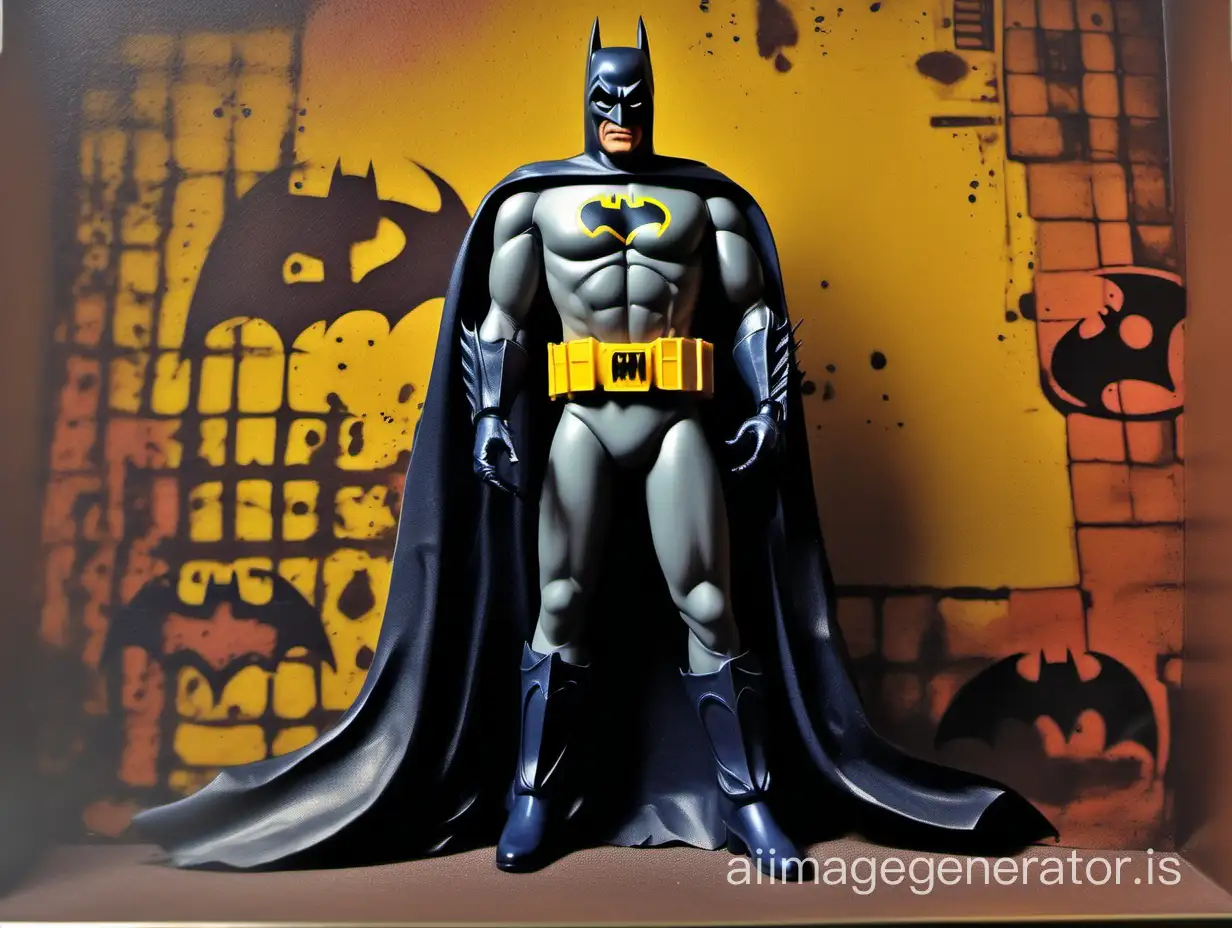Quasimodo Hunchback of NotreDame Character Art Victor Hugos Striking Deformed Figure

Image Prompt
Prompt
Quasimodo, the central figure of Victor Hugo's "The Hunchback of Notre-Dame," is a striking character whose physical appearance is marked by his deformities. His face is a map of rugged, weathered terrain, etched with scars and lines that speak of a life of hardship. His features, once perhaps handsome, are obscured by his disfigurement: a prominent hump on his back, a twisted spine, and a lopsided posture. His eyes, though dimmed by his deafness, hold a deep and haunting intelligence, betraying the pain and loneliness he endures.
His hair, coarse and unkempt, falls in tangled strands around his face, adding to his wild and savage appearance. Quasimodo's clothes are tattered and worn, mirroring the neglect and isolation he faces from society. He drapes himself in a mishmash of fabrics, a patchwork of colors and textures that reflect his status as an outcast.
Despite his grotesque appearance, there is a tragic beauty to Quasimodo, a humanity that shines through his deformities. His physical form may be monstrous, but his heart is filled with compassion and longing for connection. Quasimodo's appearance serves as a poignant reminder of the cruelty of society and the capacity for love and redemption in even the most unlikely of souls.
Model: realistic
Ratio: 1:1
Related AI Images




![Create a action figure-style starter pack imaged based on the character in the photo. The set includes one figure modeled after the photo’s character, along with [Keys, Contract, Portable Pc]. The packaging box is titled [Breaking Bail] in bold text](https://file.aiquickdraw.com/imgcompressed/img/compressed_8368ccba22531ef21cea3dee8b7aaad8.webp)

R

R

Related Tags
Prompt Analyze
- Subject: Quasimodo Quasimodo is the central character of Victor Hugo's 'The Hunchback of Notre-Dame.' He is depicted as a hunchbacked and deformed individual, with his physical appearance serving as a central theme in the story. His unique features, such as his hunched back, uneven posture, and facial disfigurement, are essential to his characterization and the plot's development. Quasimodo's appearance reflects the societal attitudes towards physical deformities during the historical setting of the novel. Setting: Notre-Dame Cathedral The setting of Notre-Dame Cathedral provides a backdrop for Quasimodo's story. The grandeur and Gothic architecture of the cathedral contrast with Quasimodo's physical deformities, highlighting his outsider status. The dark and imposing atmosphere of the cathedral adds to the drama and depth of Quasimodo's character. Style/Coloring: Gothic The art style is Gothic, reflecting the novel's setting and themes. Dark and somber colors dominate the image, emphasizing the melancholy and tragic aspects of Quasimodo's story. The use of shadows and light enhances the dramatic effect, evoking a sense of mystery and intrigue. Action: Standing Alone Quasimodo is depicted standing alone, emphasizing his isolation and loneliness. His posture conveys a sense of stoicism and resilience in the face of adversity. The absence of other characters highlights Quasimodo's solitude and the challenges he faces. Items: Bells Bells are a prominent motif in the image, symbolizing Quasimodo's role as the cathedral's bell-ringer. The bells represent Quasimodo's connection to Notre-Dame and his duty to protect the cathedral. They also serve as a reminder of Quasimodo's isolation, as the bells are his only companions. Costume/Appearance: Tattered Clothing Quasimodo wears tattered and worn clothing, reflecting his impoverished and marginalized status. His attire is simple and practical, consisting of a tunic and trousers. The lack of adornment or decoration emphasizes Quasimodo's focus on survival rather than aesthetics. Accessories: None Quasimodo is depicted without any accessories, further emphasizing his simplicity and humility. His lack of possessions highlights his detachment from material wealth and his focus on spiritual values and inner strength.